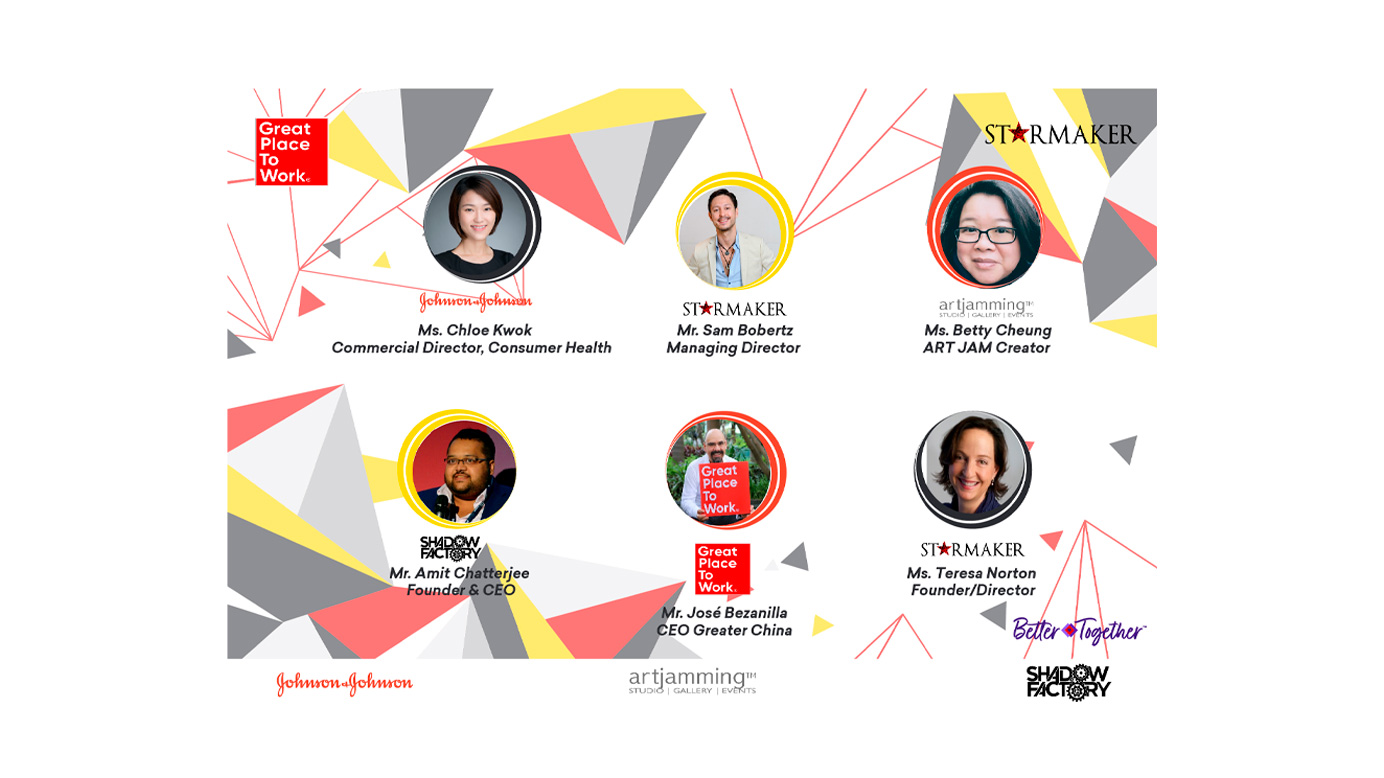Recent events of racial injustice have heightened everyone’s awareness of the need for greater action both within our organizations and outside of it. Many clients have reached out, wanting to be more deliberate in the strategies and actions they take to support this. Their calls often sound something like this:
“We need help. My company believes in and works hard to create an inclusive, equitable and inspiring workplace – but we want to take steps to be more intentional with a diversity & inclusion strategy and plan. How do we get started?”
Building and implementing a diversity, equity, inclusion & belonging (DEIB) strategy can seem overwhelming. It is important to remember that this is a long journey and taking a few small, well-thought-out steps can set your company on the path of meaningful progress.
These four key steps can help you effectively build a strong DEIB plan:
- Speaking: Being clear about your intentions
- Listening: Understanding the current experience/environment
- Learning: Using what you heard to build a plan that addresses the key gaps and needs
- Changing: Implementing the plan by creating conditions for meaningful change
How do you get started on DEIB?
Step 1: Speaking: Being clear about your intentions
For organizations just getting started with building a DEIB strategy, the most important step is to ensure your CEO and senior leaders take a stand and speak out about why DEIB matters to them.
They need to be vocal about their commitment to and the importance of having a diverse and inclusive work environment and explain why this is a strategic imperative to the organization’s ability to be successful.
Companies who have had great success improving DEIB in their organizations share that their CEO’s focus and attention to this has been one of most significant factors. What a CEO pays attention to is what the organization and everyone in it pays attention to. Speaking is the first key step on the path to creating meaningful change.
Example: AT&T CEO Randall Stephenson addresses the Racial Tension in American Society.
Step 2: Listening: Understanding the current environment
What are your employees’ current experience at work? Do they feel heard? Do they feel included? Do they feel safe to be themselves at work? Do they see underrepresented groups involved in decisions being made, in leadership roles, and in hiring and promotion decisions?
Strong DEIB plans focus on closing the gaps that exist. This requires seeking a deep understanding of the current state by listening and gathering insights on the experience and needs of employees.
Plan to build a DEIB plan from what leaders learn through facilitating safe and honest conversations, as well as from your employee survey data around diversity demographics and employee experience, which will give you a clearer view of the key gaps to address in your DEIB plan.
Example: CEO Conversation with Cisco’s Chuck Robbins & Francine Katsoudas.
Step 3: Learning: Using what you heard to build a plan that addresses key gaps and needs
Building a plan based on what you’ve learned is the next important step to building an effective DEIB strategy. This involves shifting perspectives to understand problems and find solutions.
Your DEIB plan will have much greater credibility and can focus on the most meaningful actions when employees feel heard and the underlying causes of problems become more clear.
Bringing people together to determine key focus areas, develop inclusive solutions and outline a measurable plan of action will accelerate improvement within your organization.
Example: Nellie Peshkov, VP of People & Culture at Reddit: Work In Progress: How Reddit Creates a Culture of Belonging.
Step 4: Changing: Implementing the plan by creating conditions for meaningful change
Changing is about taking action. It’s about choosing one or two meaningful steps to take and doing them well. All too often, organizations commit to more than they can realistically accomplish, which undermines your efforts and diminishes credibility.
A client with 225 employees who started on their DEIB journey 9 months ago recently shared this:
“When we first started, I was anxious. We are a small company with limited resources and I didn’t know how we could do this. But our CEO spoke up about the critical nature of creating a ‘For All’ workplace and we were transparent with the gaps we had and our intention to address them. After holding listening sessions, we put together a plan with a few goals and measures that we shared broadly. We asked everyone to help us on this journey. A couple of frontline managers recommended a few recruitment sources to broaden our pool of candidates. Another had recommended an unconscious bias program that we brought in. Small steps, but just by raising awareness we have seen progress.”
Essential ingredients for change include:
- Communicating your plan of action to all employees using all-hands or town hall meetings as well as department meetings, videos and other forms of communication.
- Conducting pulse surveys, like our Trust Index™, every 90 days to understand perceptions of progress.
- Providing regular, company-wide reporting on metrics/progress.
Examples of DEIB actions in the workplace
It’s important to focus your first DEIB plan on one or two actions.
Diversity: Representation of under-represented groups
- Provide unconscious bias training to all leaders and employees
- Design recruitment processes using a diverse hiring panel and ensuring a diverse slate of candidates
- Set a target for greater representation of underrepresented groups in leadership roles (e.g. increase the number of black or women leaders by 10%)
- Expand recruitment sources to include those focused on underrepresented groups
Equity: Ensuring fairness across groups
- Conduct a pay equity assessment by looking at pay by role and by underrepresented groups to ensure fairness and make adjustments as necessary
- Look at turnover to determine if a greater proportion of underrepresented groups are leaving the organization and evaluate programs and practices to address the needs of these groups.
- Evaluate promotion practices and development opportunities to ensure underrepresented groups are reflected in decisions and actions
Inclusion & Belonging: The degree to which employees feel included, psychologically safe and able to bring their full, authentic selves to work
- Implement Employee Resource Groups (ERGs) for underrepresented groups
- Provide leadership development on inclusion and psychological safety
DEIB strategy examples
Collaborative Solutions (#1 Best Small & Medium Workplaces™ 2020 winner): Diversity and Inclusion | Collaborative Solutions
PwC: PwC Diversity and Inclusion: PwC and CEO Conversation with PwC’s Tim Ryan | Great Place To Work™
Dow Chemical: Shine Report 2019 (dow.com)
Measure and improve diversity, equity and inclusion in your workplace
The first step is listening. Our employee survey, the Trust Index will give you anonymous survey feedback and shine a light on your gaps. It’s the same tool the Fortune 100 Best Companies to Work For® use to create great place to work. For help getting started on your journey, contact us about how we can help you reach your DEIB goals today.







